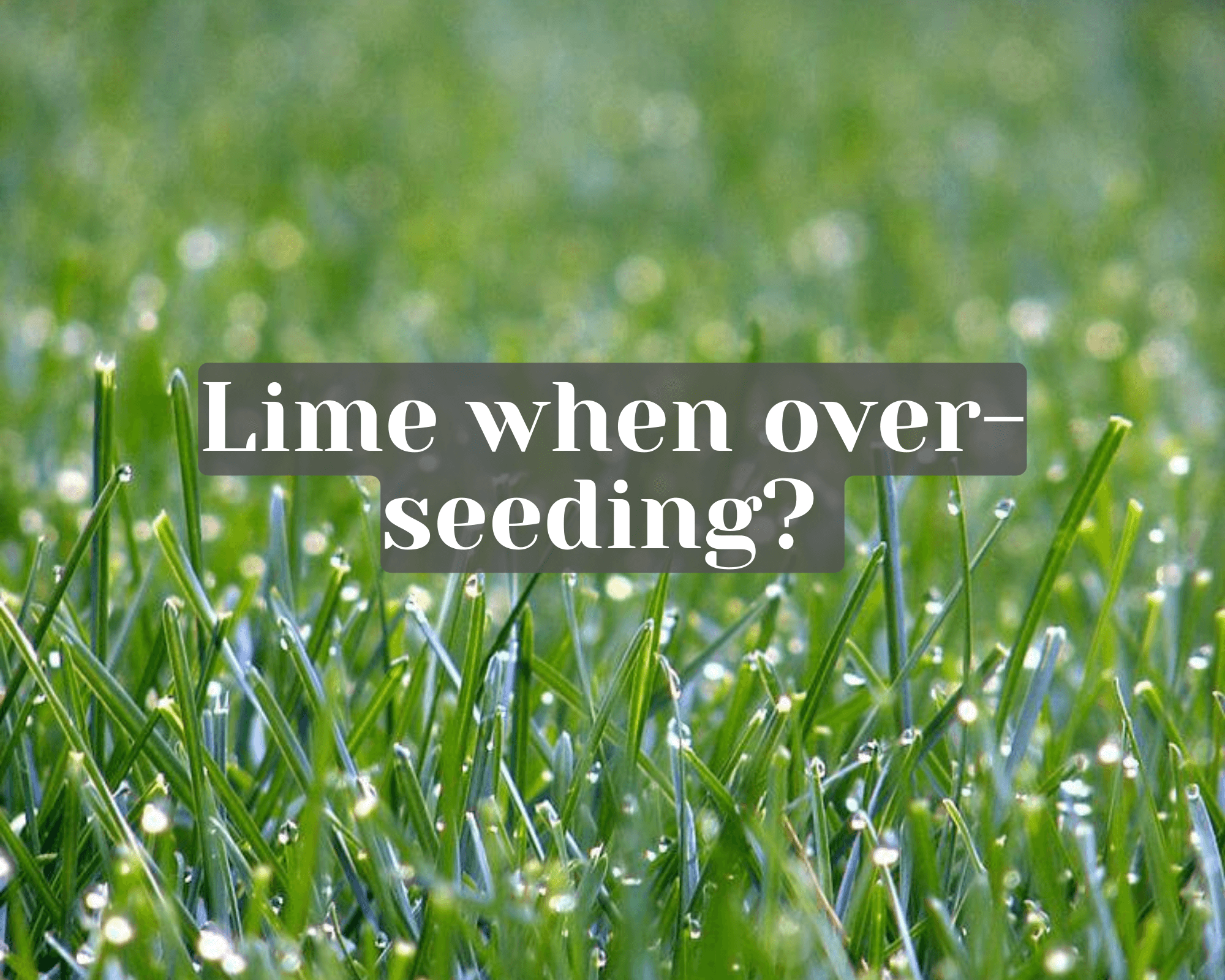This post may contain affiliate links. As an Amazon Associate we earn from qualifying purchases.
Early fall is one of the best times, aside from spring, to dethatch your lawn. It’s not a difficult job, but it does take a bit of time. So set aside some soon to get the job done and your spring lawn will thank you.
What is thatch and what causes it?
In between the tips of the green grass of your lawn and the soil lies a layer of living and dead organic matter known as thatch. A thin layer of thatch is normal and tolerable by the turfgrass. When it gets to be over 1/2 inch thick, however, it starts causing various problems and requires removal.
Thatch layers form for a number of reasons, the two most common of which are watering the lawn the wrong way and using too much fertilizer. Many homeowners aren’t aware that frequent, shallow irrigation of the lawn is actually worse for it than infrequent watering because it causes stunted, shallow root growth. This makes the lawn weaker, leaving it susceptible to pests and disease, and thick layers of thatch.
Excessive nitrogen also causes thatch to form by causing rapid, increased growth. As these shoots naturally die off, the microbes in the soil can’t decay the material fast enough and it ends up adding to the thatch layer.
How to prevent thatch
To prevent thatch buildup, water the lawn only when the top two inches of soil are dry. Provide complete coverage of all parts of the lawn when you water.
Mow the lawn with a mulching mower, to the height recommended for your turf variety.
Aerating the lawn also helps prevent thatch by creating larger spaces between the roots, allowing water to penetrate easier. The Environmental Protection Agency recommends watering the top 6 inches of soil before aerating and using a hollow-tined aerator.
Solution
A thatch rake is the best tool to use to dethatch a small lawn. Use the side with the straight tines and rake the entire lawn, deeply. Bag up the thatch that the rake brings up and compost it or dispose of it.
Power rakes are more efficient for larger lawns and are used much like a lawn mower. Set the power rake’s blades to 1-inch and go over the lawn, in overlapping strips, several times to ensure removal of all the thatch.


